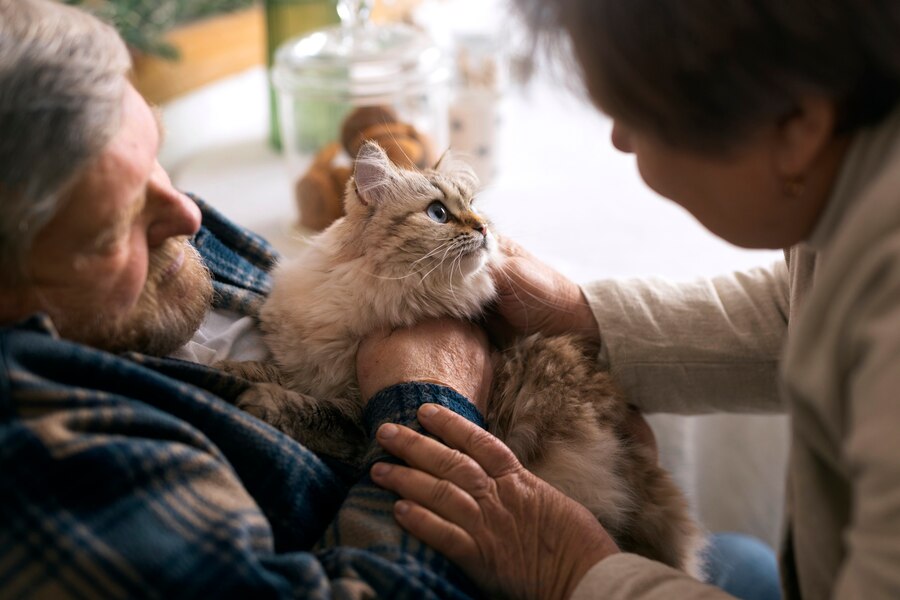When a cat has a terminal illness, comfort becomes the top priority. Palliative care for cats at home helps manage pain and improves their quality of life. It allows cats to spend their final days in a familiar environment with love and care.
Many pet owners struggle with decisions about treatments and end-of-life care. Some may consider euthanasia for cats if suffering becomes unbearable. Knowing how to provide comfort and when to make difficult choices is essential.
What is Palliative Care for Cats?
Palliative care focuses on keeping a cat comfortable rather than curing an illness. It includes pain relief, proper nutrition, and emotional support. Cats with cancer, kidney disease, or other chronic conditions can benefit from this approach. Veterinarians play a key role in creating a care plan. They may prescribe pain medication, fluids, or supplements. Owners must follow the treatment plan closely to ensure their cat remains comfortable.
Pain Management and Comfort
Pain relief is the most crucial part of palliative care for cats at home. A cat in pain may hide, refuse food, or become aggressive. Veterinarians may recommend medications like anti-inflammatory drugs or opioids to ease discomfort. A warm and quiet resting place can make a big difference. Soft bedding and easy access to food and water reduce unnecessary movement. Some cats respond well to massage, acupuncture, or gentle stretching exercises.
Nutrition and Hydration
Cats in palliative care often lose their appetite. Encouraging them to eat is important. Warming up their food or offering wet food can help. If a cat refuses food, a veterinarian may suggest appetite stimulants or liquid diets. Hydration is also crucial. Dehydration can make a cat feel worse. Fresh water should always be available. In some cases, subcutaneous fluids may be needed to keep the cat hydrated.
Hygiene and Grooming
Sick or elderly cats may struggle to groom themselves. Regular brushing keeps their fur clean and prevents matting. If needed, use a damp cloth to wipe their face and paws. Keeping the litter box clean and easy to access prevents discomfort and infections.
Emotional Support and Quality of Life
Cats may sense their declining health and show signs of stress or anxiety. Gentle petting, soft words, and spending time together can provide comfort. Some cats may want more attention, while others prefer solitude. Owners should respect their pet’s behaviour and needs. If pain or discomfort cannot be managed, discussing euthanasia for cats with a veterinarian is necessary. The decision should be based on the cat’s overall well-being rather than the owner’s emotions.
Making Difficult Decisions
At some point, palliative care may no longer be enough. Euthanasia for cats is a humane option when suffering outweighs comfort. It allows pets to pass peacefully without prolonged pain. Veterinarians can guide owners through the process.
Conclusion
Providing palliative care for cats at home ensures they remain comfortable and loved during their final days. Pain management, proper nutrition, and emotional support help maintain their quality of life. When care is no longer enough, discussing euthanasia for cats with a veterinarian is a responsible step. Understanding their needs and acting in their best interest allows them to leave this world with dignity.



